- News
- Reviews
- Bikes
- Components
- Bar tape & grips
- Bottom brackets
- Brake & gear cables
- Brake & STI levers
- Brake pads & spares
- Brakes
- Cassettes & freewheels
- Chains
- Chainsets & chainrings
- Derailleurs - front
- Derailleurs - rear
- Forks
- Gear levers & shifters
- Groupsets
- Handlebars & extensions
- Headsets
- Hubs
- Inner tubes
- Pedals
- Quick releases & skewers
- Saddles
- Seatposts
- Stems
- Wheels
- Tyres
- Tubeless valves
- Accessories
- Accessories - misc
- Computer mounts
- Bags
- Bar ends
- Bike bags & cases
- Bottle cages
- Bottles
- Cameras
- Car racks
- Child seats
- Computers
- Glasses
- GPS units
- Helmets
- Lights - front
- Lights - rear
- Lights - sets
- Locks
- Mirrors
- Mudguards
- Racks
- Pumps & CO2 inflators
- Puncture kits
- Reflectives
- Smart watches
- Stands and racks
- Trailers
- Clothing
- Health, fitness and nutrition
- Tools and workshop
- Miscellaneous
- Buyers Guides
- Features
- Forum
- Recommends
- Podcast
feature
How hard is it to train like a pro cyclist? Spending a week riding like an elite
Being an elite or pro cyclist is cool, right? Hours in the saddle doing what you love, making eye-watering sessions look easy and pissing past mere mortals on every climb... sounds like the dream! Well, to get my very own glimpse into this dreamy lifestyle, I decided to camera up and see if I could hack just one week of elite-level training. Here's my first-hand experience of training like an elite for a week...
As a regular racer myself and an avid cycling racing fan, it's easy to envy those who dedicate their lives to being as quick as possible on a bike. As you might have guessed, those mind-boggling watts don't come easy and pro and elite riders alike spend countless hours on the bike each week. I've seen plenty of pro training plans but I'm still not sure it quite hits home just how mental the training is until you try it. So, here goes...
We recently took a look at just how many miles an elite rider has to ride to be competitive (spoiler: it was lots more than me and Dave!) Unfortunately for me, following that, there were plenty of comments from both you guys and my work colleagues saying that I should give the elite-level mileage a go. How hard can it be?
> How much distance do you need to ride to match an elite cyclist? Strava end-of-year stats compared
I joined Ed, our resident elite and 2022 U23 British Road Race champ, for a week-long training camp. I did refuse to do it in the typically crap February weather conditions we get in Britain, so we bailed to the Canary islands...
The training plan
Ed waited until we were in the air to talk me through the training that he'd been set by his coach for the week, that I would also be attempting to complete.
30 hours of in-the-saddle time was the target, plus some conditioning sessions and far more structure than I’d ever seen in my life! Obviously, before coming I'd realised that we weren’t just going to be on a jolly, ambling about between the cafes, but even so I was still taken aback. Literally every minute of riding was accounted for with a specific heart rate and power zone that I should be riding at.
I remember thinking at the time that this is a surefire way to suck the fun out of riding your bike; but also that it's only for one week, so how hard can it be!
> Buyer's Guide: Lightest road bikes 2023
For a bit of reference, I’m a semi-competitive Cat 2, and tend to average about 10 hours of riding per week. 30 hours, then, was going to be a steep jump.
For Ed, this was just another week at the office. He averages around 26 hours, week-in-week-out.
The 'fun' begins
We landed in the late afternoon, and after waiting what seemed like three years for a bus, finally checked in and unpacked. It wasn't long after that a massage gun made its first appearance. Do I usually use one of these? No. Should I perhaps be taking more time to stretch, roll and recover? Probably, yes.
> Review: BikeBox Alan Triathlon Aero Easyfit Bikebox
If anyone ever asks me what the best bike box is, there is only one answer in my mind: the Bikebox Alan Aero Easyfit. If you ride an integrated bike like me then it's an absolute lifesaver as long as it'll fit in your car or transfer bus (although I think I may have bent the door on the bus transfer from the airport.
As I knew that there was there’s lots of climbing to do I dusted off my Specialized Tarmac SL7, and in order to get every marginal advantage possible I raided the road.cc review cupboard before leaving...
> Staff Bikes: Custom Specialized S-Works Tarmac SL7 staff race bike
Full reviews of all the latest editions to my bike will be live on the road.cc website very soon. These include the Parcours Chrono wheels, because where better to test a set of 68/75mm deep wheels than the Canarian crosswinds!?
Mounted to these wheels were the new, very expensive (£90 per tyre) 27mm Challenge Criterium RS tubeless tyres, and I will of course also be doing some actual criteriums on them now I'm home. And the final change is a Bjorn Setka saddle, supposedly the lightest 3D-printed saddle in the world.
Day 1 (4 hours)
So, the first ride of the block in essence is very simple: four hours relatively easy riding with no efforts. However, read Ed's plan and it suddenly doesn't look so simple.
There's heart rate and power zones galore with minimum and maximum numbers that I'm not allowed to exceed, a target average cadence of at least 90rpm and plenty more notes including to eat at least 60 grams of carbohydrates per hour.
After plenty of shouting at me to spin and not grind, as well as regular reminders that I wasn't allowed to stop at the tops of climbs to admire the view, day one went by with no real issue.
There was definitely a few areas where I got a bit carried away, which resulted in me being over the prescribed heart rate for around six minutes or so; but overall, I'm counting it as a success. I even rolled Ed in one or two of the town sign sprints (that he was definitely racing me on).
Tomorrow's session is where the real work begins...
Day 2 (5 hours - 4 x 15 mins @90% of FTP)
Coming into day two, and I could definitely feel those four hours in the legs from yesterday. It's not great seeing as the second training day was a mammoth, five hours with 4 x 15-minute intervals at just under threshold thrown in.
Luckily for me, 90% of my Functional Threshold Power (FTP) is significantly lower than Ed's. My target would be 310 watts whilst Ed would be doing 390 watts, so it goes without saying that I didn't see much of him this day...
Whereas I would usually complete such sessions on a local climb or on the turbo, the plan specified that two of these efforts should be on flat roads; this is good for leg speed, apparently. I'd also need to stay on top of my nutrition, with a target of 80 grams of carbs per hour, so when not chewing my stem I would often need to be chewing something else.
If you want to see the personification of the word 'shell' then you're going to have to watch the video, but I was pleased to complete all the efforts at the target power. This is by no means the first time I’ve done 4x15 minute sweet spot sessions, because they're a staple for many riders approaching race season looking to drive up their FTP; however, mine aren't usually part of a five-hour ride and I'm not sure after this week I'd want to do it again in a hurry either…
When Ed did loop back for me, there was the steady chirping that I wasn't fuelling properly despite me getting through four 500ml bottles (each with 50g of carbs), plus three cereal bars, two gels, some energy chews and some individually wrapped cakes. I'm also a big believer in replacing salts and minerals lost in sweat, so Precision Hydration products are a personal go-to.
It would seem that part of being pro or elite is not just training your legs, but also your stomach to absorb as much energy as possible. The benefits of this are two-fold: come race day your body is used to proper fuelling with less chance of stomach issues, and it also gives your body the biggest possible chance of recovering properly before the following day's session.
The fuelling doesn't stop when you get off the bike either, because the first thing to do when returning from a ride was to eat. I personally channelled my inner Ineos and ate an absolutely stupid amount of rice in the hope that it worked miracles. After the rice-based feast we headed out to film Ed’s staff bike video, which you can watch here.
Day 3 (5 hours)
Waking up on day three, to be honest I could have quite happily had the day off. Those 4 x 15 minutes had seriously taken their toll, and having completed nine hours in two days I was almost already at my weekly average. With five hours on the cards and the weather not looking spectacular, morale was low. Sadly if you want to be a successful elite cyclist, then you can't only ride when you feel like it, so off we trotted...
> New SRAM Force AXS first ride review — is it any good?
After about two or so hours I was mercifully allowed a short wee and stretch stop. By this point my lower back had begun to feel a bit sore, and for the sake of this feature I was seriously hoping that it wasn't going to get any worse.
The remaining three hours can only be described as a slog. I was so slow that Ed went off to add an extra hour to his ride. As was the case with all of our endurance rides, I was set the target of consuming a minimum of 60 grams of carbs per hour and trying not to grind the gears.
The consumption of food mid-ride is certainly something that by the end of the week was becoming easier as I got more into the habit. One thing that I did notice was that even for riders much better than myself, mid-ride nutrition needn't be cycle-specific. Bananas, homemade rice cakes and anything with slow-release carbs are fine.
> Buyer's Guide: Best cycling bib shorts 2023 — make sure your rear is comfy on long rides
Oh, and I’m sure there will be some comments about my lack of road.cc kit! This was for the simple reason that I didn’t keep on top of my washing routine and fell asleep after day two's ride. That said, it's always quite nice to wear a different chamois. I get on well with the Stolen Goat stuff but if you’re going on a training camp,, then I’d recommend taking a few different brands as you'll be thankful for a bit of variety.
Day 4 (Rest day - 90 minutes)
I'd been looking forwards to a rest day for much of the week... however, after a short lie-in I was informed that I would indeed still have to ride my bike. 90 minutes was the plan, enough to keep the legs ticking over and promote blood flow to aid recovery but not enough to stress them.
I was pleasantly surprised by how easily we took our bimble down the coast. We got overtaken by many cyclists, and rather than my usual trick of chasing we waved them on their way and stuck to the plan. If there's one takeaway from training like an elite then it's this:
Easy rides are EASY, hard rides are HARD
That might sound obvious but I, like many other riders, do get caught up by fairly meaningless stats such as average speed and distance, which results in plenty of "dead miles", as Ed explained. This is something that isn't much good for getting quicker.
Instead, polarised training is the most popular method in the pro peloton. This is something we cover in our handy guide below, most of which is still relevant even if you're not 40 or over.
> How to maximise your fitness when you get to 40+
Day 5 (4 hours - 4 x 15 @90% FTP)
Despite the 'rest' day, I woke up on day five hardly feeling rejuvenated, and today was not going to be nice. It's another 4x 15-minute FTP sweet spot session consuming 80 grams of carbs per hour, but I wrongly thought that it would be slightly better as they featured in a shorter four hour ride.
> Can you get fit by cramming all of your riding into the weekend?
As an added twist, the efforts would alternate between low and high cadence, 70 rpm for numbers one and three to build strength and 105 rpm for numbers two and four to test the cardiovascular system.
By the end of the second effort, I'd realised that I was very wrong about the intervals being better in a shorter ride; they were just coming thicker and faster. After the third effort I was spent, and I popped my final gel in the hope that it would carry me through the final effort.
> How training zones can help you get your greatest cycling fitness gains
Day five was a story of being in a box from basically start to finish. Getting back up the steps to the apartment after the ride was a serious challenge, but Ed did kindly cooked me some dinner.
Despite his efforts being at the same percentage of his FTP, he definitely seemed to be suffering less. This is likely for the simple reason that his body is conditioned for day-on-day riding, and that doing three times more training than I had for the last few years might be paying off…
Day 6 (The big day - 6 hours)
On day six, it was hard to think that I'd only had one ride back after a rest day. Cycling was now affecting my general movement, and getting out of bed was a struggle, as was standing up straight despite regularly stretching and spending time on the roller.
Mentally I was just as fatigued, and the last thing I wanted to do was the biggest ride of the week. In Ed's words: "It'll be fine, there’s some tempo efforts thrown in but nothing too arduous”. I was naive enough to take some comfort in his words...
Most mornings we'd get out the door at a fairly reasonable hour for the simple reason that the sooner you get home the sooner you can start recovering, giving your body the best possible chance of being ready for the following day's session. Added to that, despite my week of reduced responsibilities I still has a work meeting that I needed to be back for.
Other than not doing a single turn the entire ride, it did actually go better than expected. We got rained on a bit, and I wasn't allowed to take shelter in a bus stop unfortunately.
> This is why you’re not a Tour de France racer
What I did decide, whilst drilling it home to make my meeting, was that you literally can’t do this many hours and have a proper job. There’s just too much that gets in the way, so this has definitely led to me having a newfound respect for any elite-level athlete really, because there are some serious sacrifices that get made. There were plenty of evenings that I suggested drinking a beer, and the answer kept being "no" because it might affect the next day's training!
Day 7 (3 hours)
The final day was here. Whatever happened I was going to sleep well on the plane home. Three hours was on the cards, with no intervals, just 40 grams of carbs per hour and a cadence target of 90. The bikes were fully camera'd up ready for my final attempts at hitting 100kph, a side-project I'd set up on top of my mega training week.
> Hitting 100kph on a bike — what does it take to break this elusive cycling speed barrier?
The first hour or so was taken up with me having a bit of a sense of humour failure, because I thought Ed was half wheeling me. It turns out that wasn't the case, and I was simply unable to put out even low watts. However hard I tried I seemed unable to drive up my heart rate, a known symptom of fatigue. This is why the pros now rely on power meters instead for much of their training.
Turning around with a tailwind and descent ahead of us, morale finally improved. 40km of being idiots followed and the ride quickly evolved into a karaoke session. It’s rides like these that encapsulate everything that is great about riding a bike, and to be honest I was relieved to still be enjoying time in the saddle after so many hours completed.
There had been plenty of times that I didn't want to head out, had cursed nearly every road on the island, pedalling squares, and yet there were plenty of good times as well. There's something very therapeutic about making a plan, sticking to it and completing it, when at plenty of times it seemed unachievable.
So, what's it like to be an elite cyclist?
I did it! I survived a week of elite(ish) training, but to be perfectly honest I don’t think I could or would want to do any more than that. Ed came into this in the third week of a training block, whereas I came into it fully rested. One positive is that the TrainingPeaks and Strava graphs do look good!
> What does a rider eat to get through a stage of the Tour de France?
So, have I got any better and what have I learnt? Well, I learnt that it takes a hell of a lot of commitment, time, energy and sacrifice to make it as a competitive elite-level cyclist. I’ve also got to remember that I’ve done this 28.5-hour week in the sun, and riders like Ed do this week-in-week-out no matter what the conditions are. Yes I got rained on once or twice, but I was never forced inside onto the turbo and it was nearly always about 20 degrees.
Then there’s the fact that the more miles you do, the more chance of injury and illness there is. Over this training week, I cycled myself into the ground. My body is in serious need of recovery, both physically and mentally, but I can’t imagine that my immune system is feeling particularly strong either.
Although my back did pull through I’m not sure how many weeks it would have lasted, which brings us on to an important point. It’s actually a pretty stupid idea to suddenly ramp up your training by quite so much volume or intensity. Progressive overload is the tried and tested method for getting faster safely, and there are no shortcuts to fitness.
> Review: TrainingPeaks Premium subscription
There’s lots of software that can help you with this. I’ve been using TrainingPeaks and Strava Premium throughout my training. Both tell you recommended ramp rates and also suggest recovery if you’re overdoing it.
I would recommend not relying purely on data, and listening to your body. Only you really know if you’re feeling under the weather or have a niggle, and it’s important to be honest with yourself. Having weeks off with illness is going to have a far bigger impact than missing those few days of training.
It’s also worth pointing out that your training should be tailored to you. I just copied Ed’s plan, which is specific for him at this time of year because he is targeting some super long road races. Riders who want to compete in shorter events can arguably get away with less volume. I think I might try that!
> Best road bikes 2023 — find your perfect drop bar bike whatever your budget
Having flown home, had a lazy week and then prepared for an FTP test, I can reveal that the grand total of my week as an elite resulted in an FTP increase of around 10 watts. I'm pretty happy with that, but I'm well aware that if I'd come into the week fitter then I would have seen nowhere near the same gain.
Was it worth it? For me, no. The sacrifices I'd have to make to my life to keep it up anywhere near this level are simply too great. I have, though, come away with an even deeper respect for the dedication and commitment of pro and elite cyclists. If you spot any of them out training then please give them a wave, it just might make their day...
Would you give being an elite for a week a go? Let us know your thoughts in the comments section below...
Jamie has been riding bikes since a tender age but really caught the bug for racing and reviewing whilst studying towards a master's in Mechanical engineering at Swansea University. Having graduated, he decided he really quite liked working with bikes and is now a full-time addition to the road.cc team. When not writing about tech news or working on the Youtube channel, you can still find him racing local crits trying to cling on to his cat 2 licence...and missing every break going...
Latest Comments
- Rome73 35 min 21 sec ago
I had a job yesterday on the other side of London to where I live. I went on an e - cargo bike. I took a work stand, tool kit, parts, change of...
- Global Nomad 1 hour 14 min ago
glad the article mentions that the knowledge of these auxetic structures has been around for 40 years and that it is a suite of developing 3d...
- eburtthebike 4 hours 48 min ago
Newspeak:...
- eburtthebike 6 hours 54 min ago
As Ranty Highwayman says, an eight minute presentation of everything that is wrong with UK highway design, starting from the premise that...
- Dnnnnnn 8 hours 26 min ago
I can see you've had a look at the Inverness Tourist Board Facebook page...
- Piratepete 8 hours 36 min ago
The Police Scotland Digital Evidence Sharing Platform being rolled out will not make it any easier to report incidents, it simply allows an...
- Rendel Harris 10 hours 33 min ago
Highway Code states: ...
- hawkinspeter 14 hours 36 min ago
I do indeed.
- Jakrayan 14 hours 45 min ago
The article states the toerags were youths, so unfortunately there probably won't be any real punishment. But at least the police are appealing for...
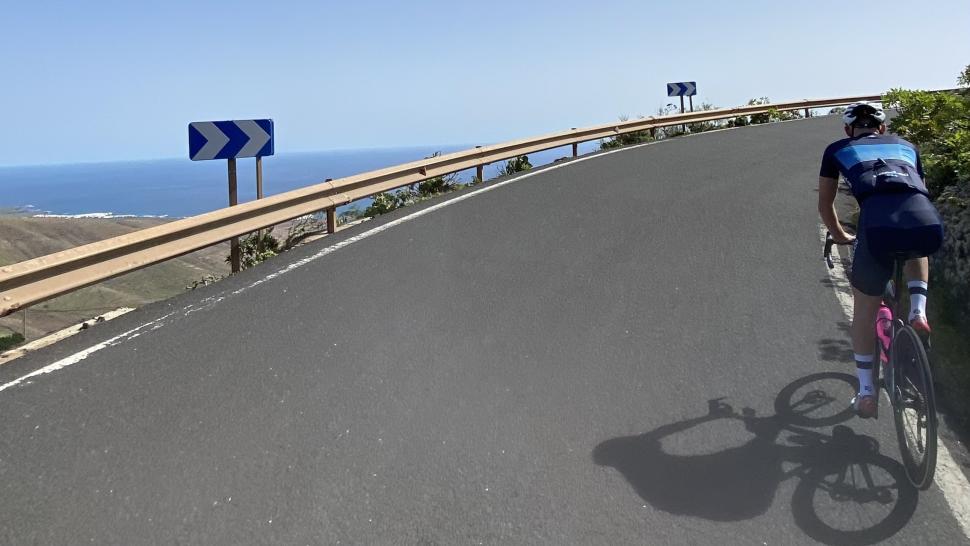
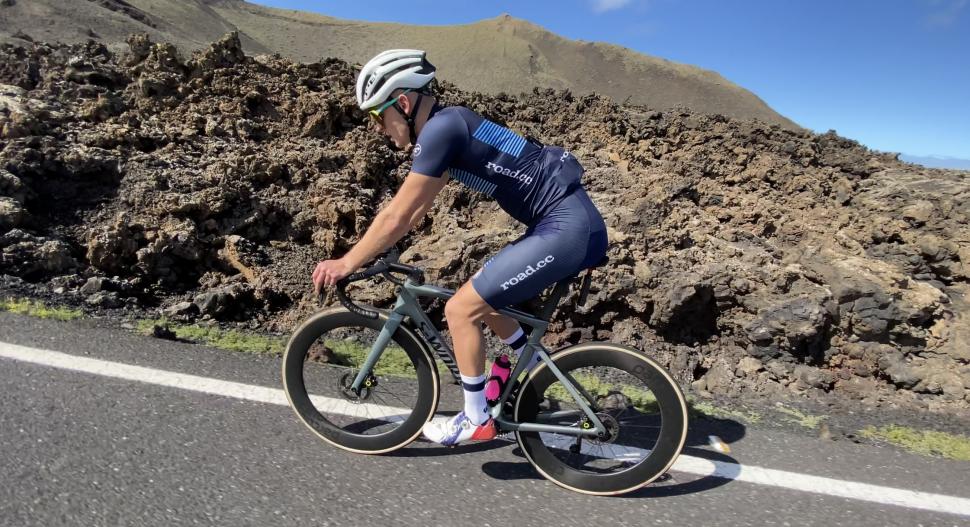

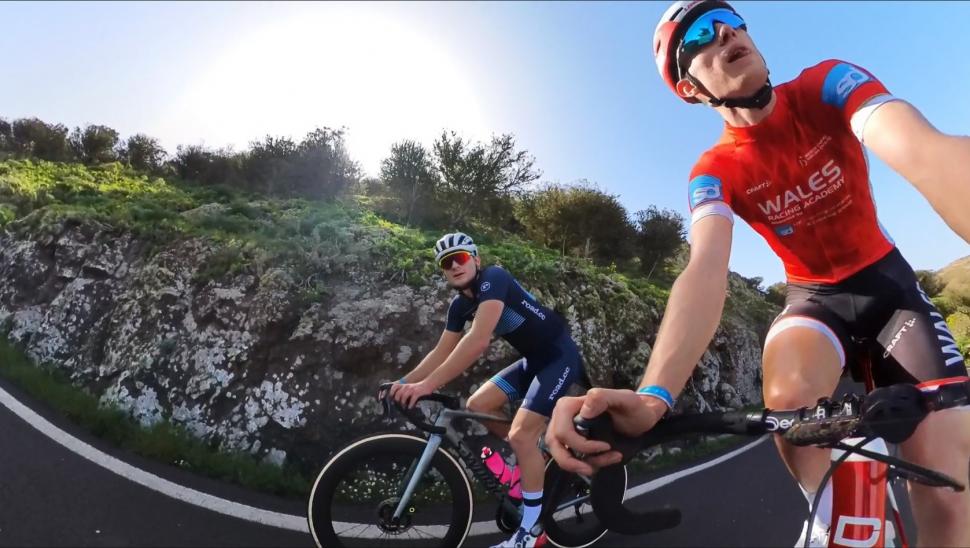

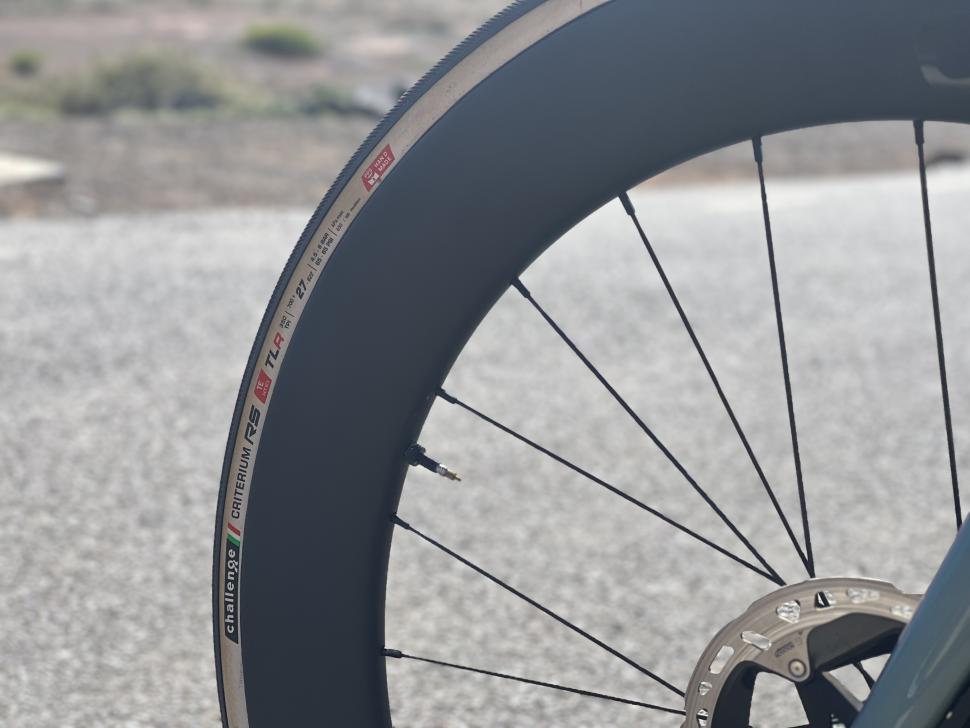
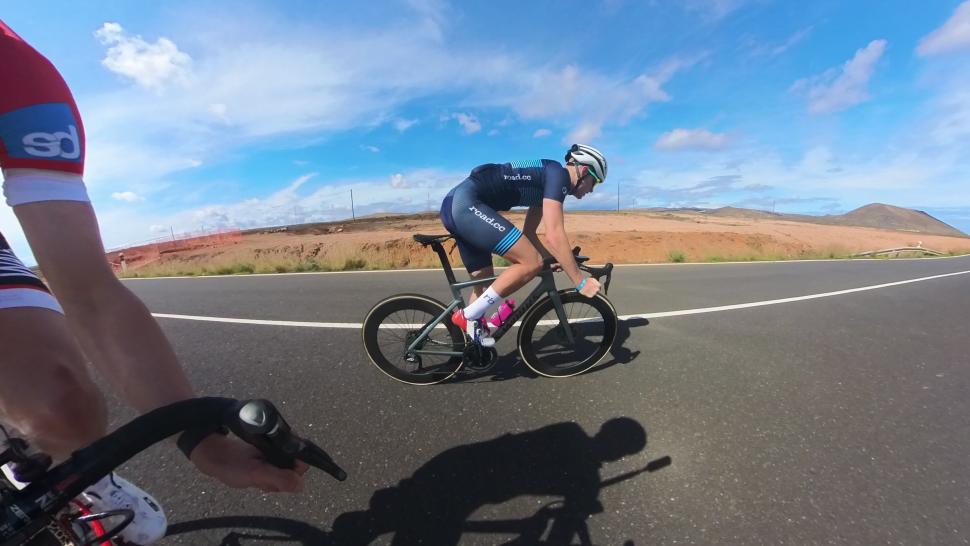
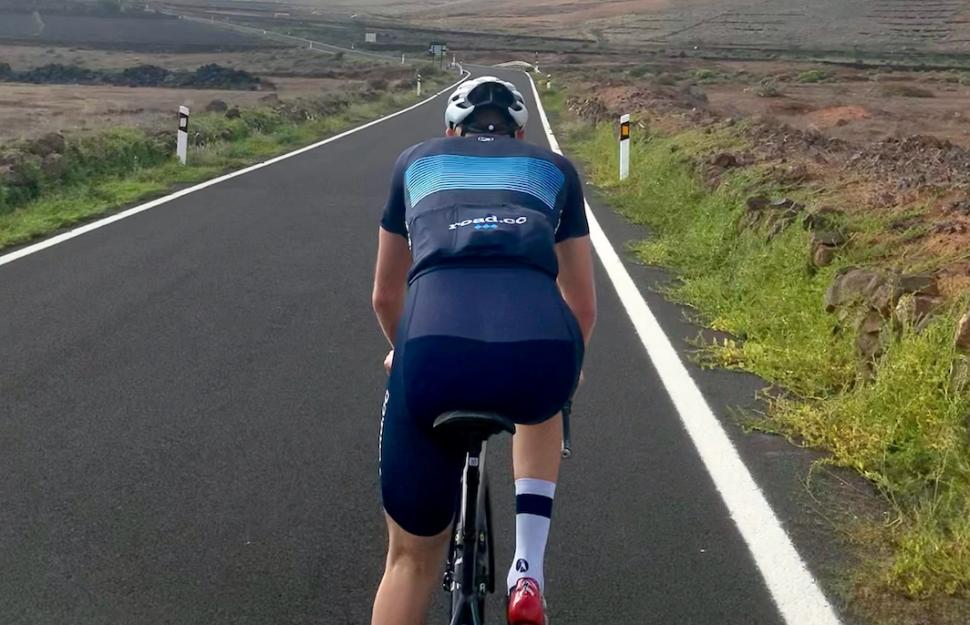


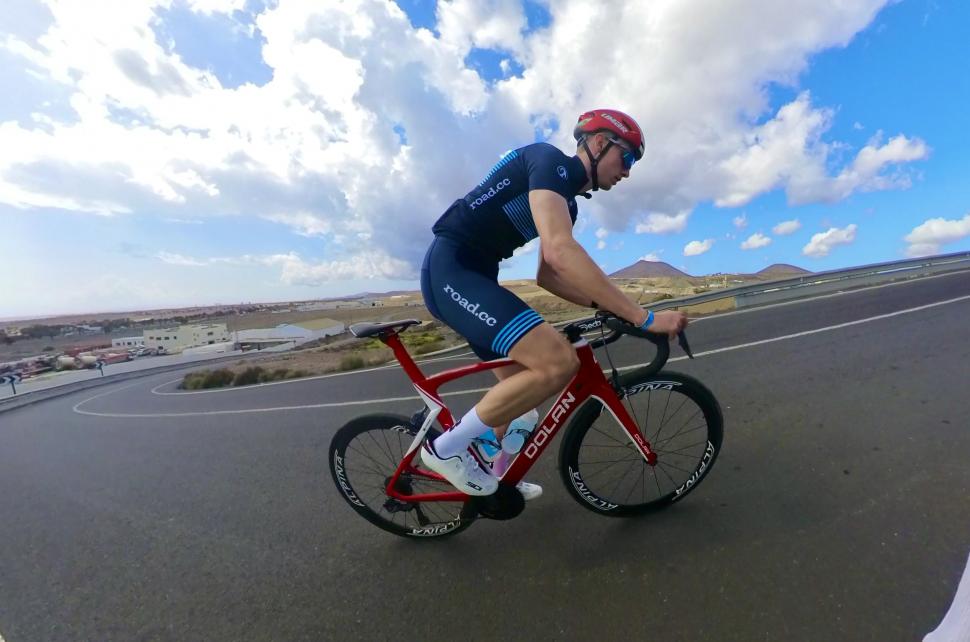
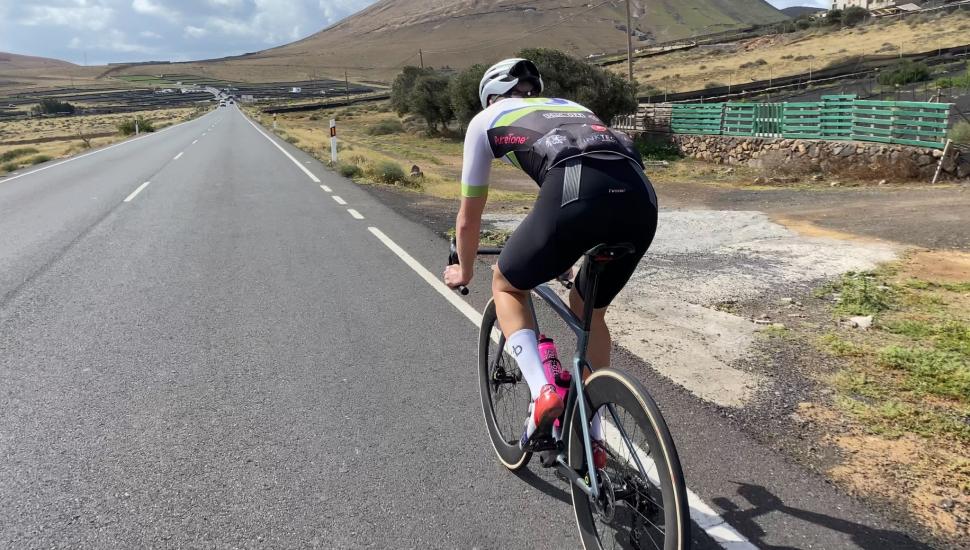
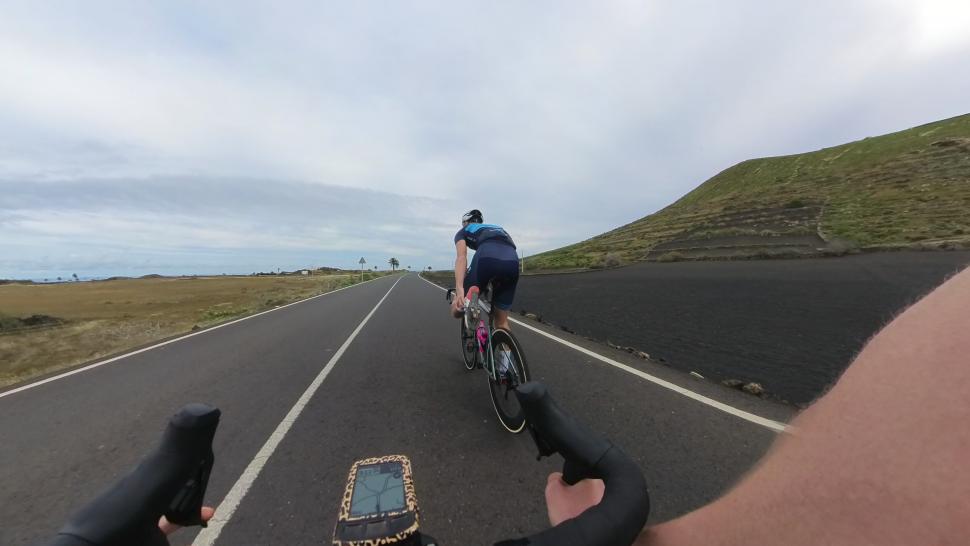
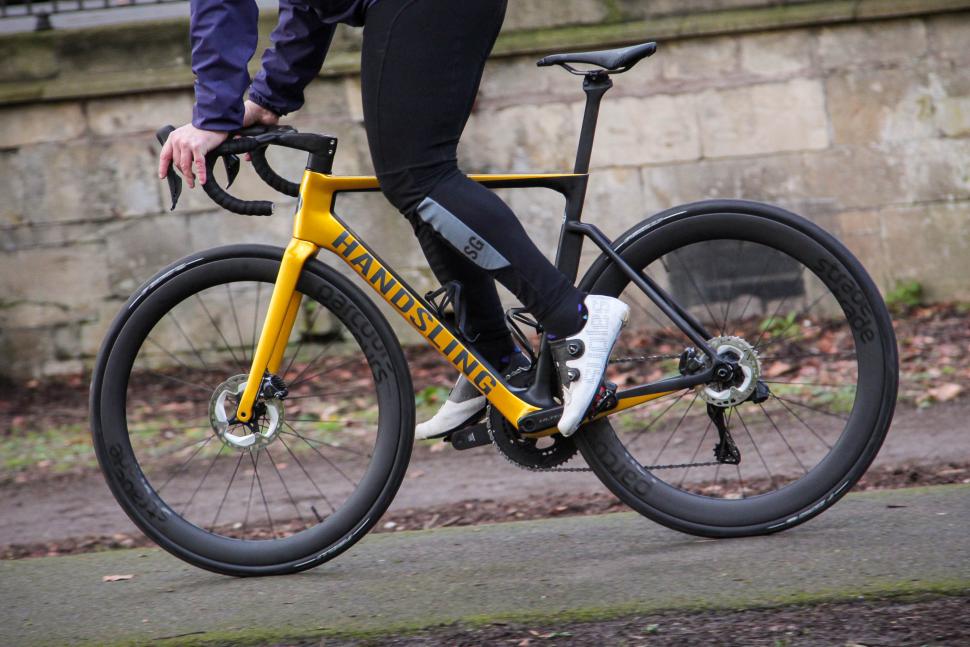
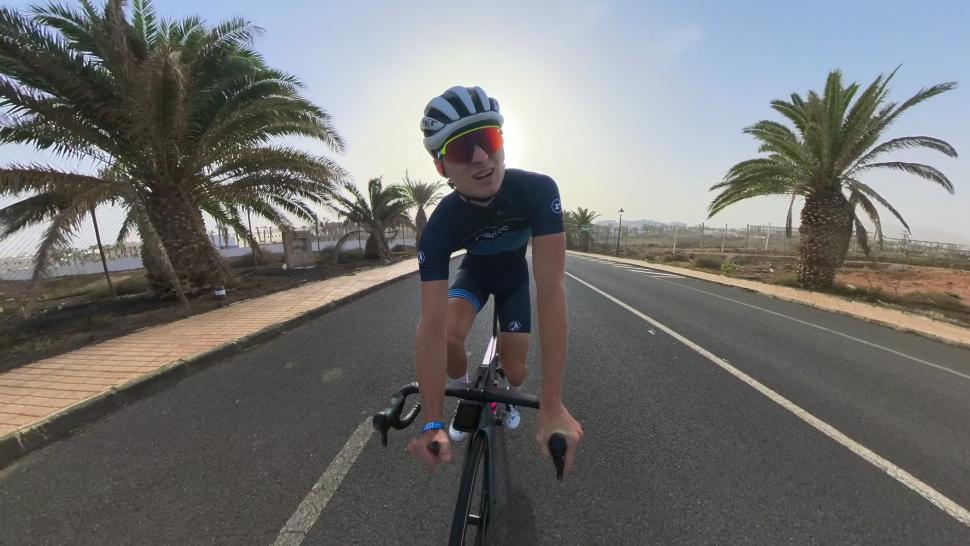
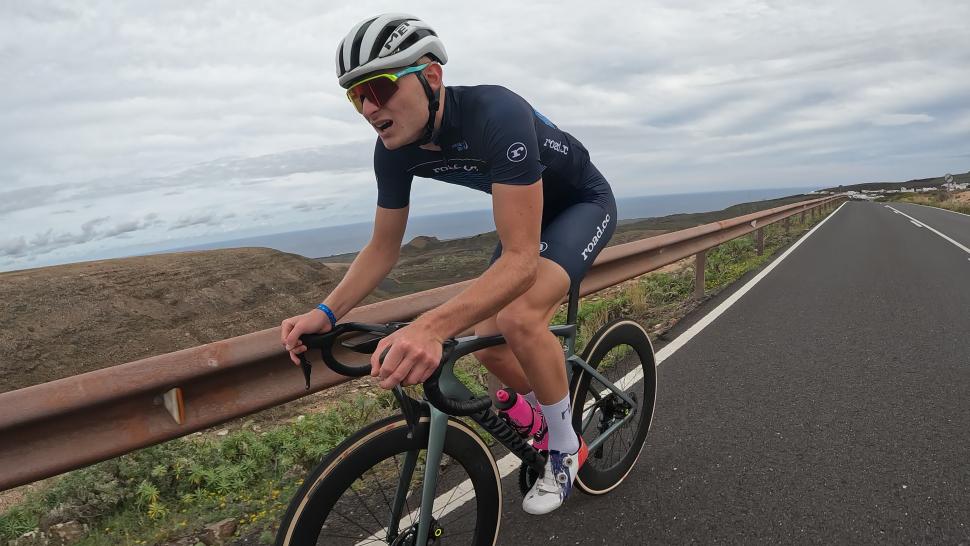
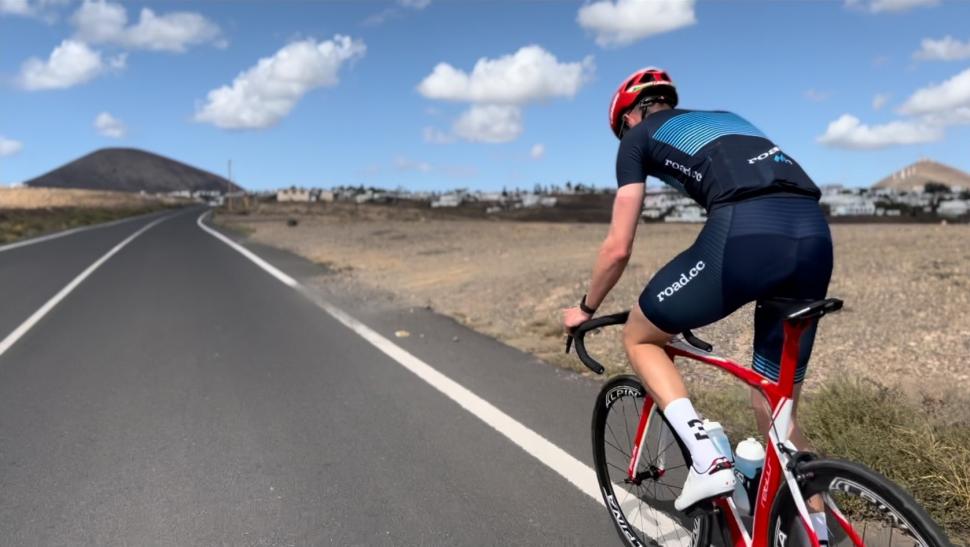
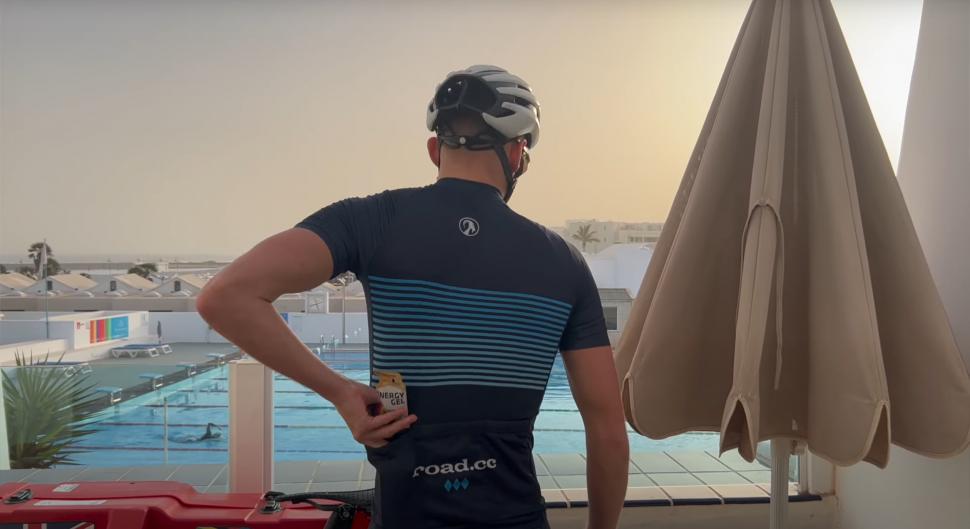
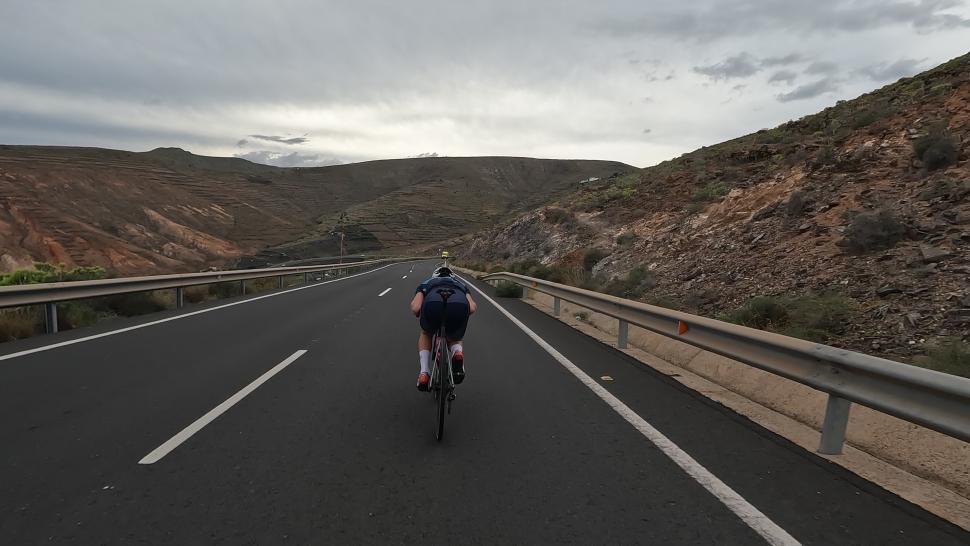
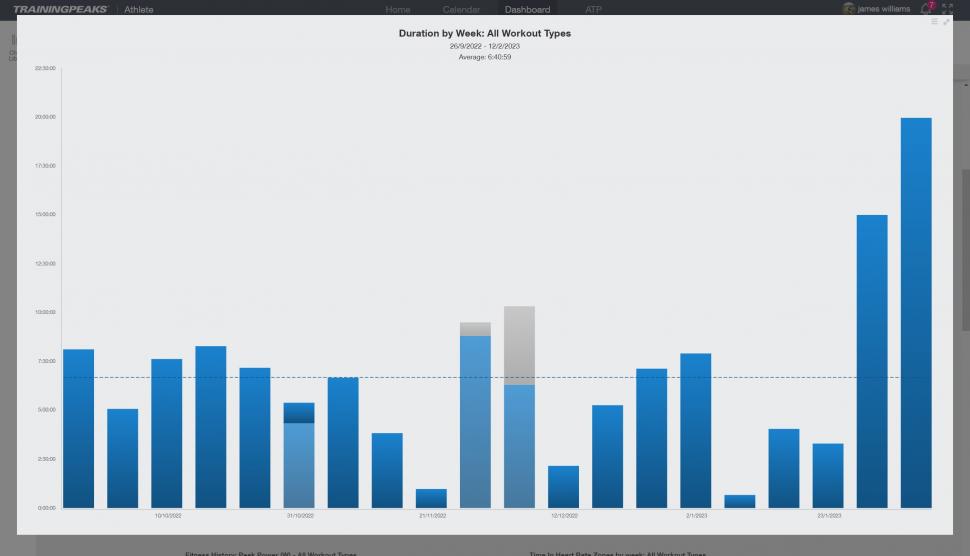

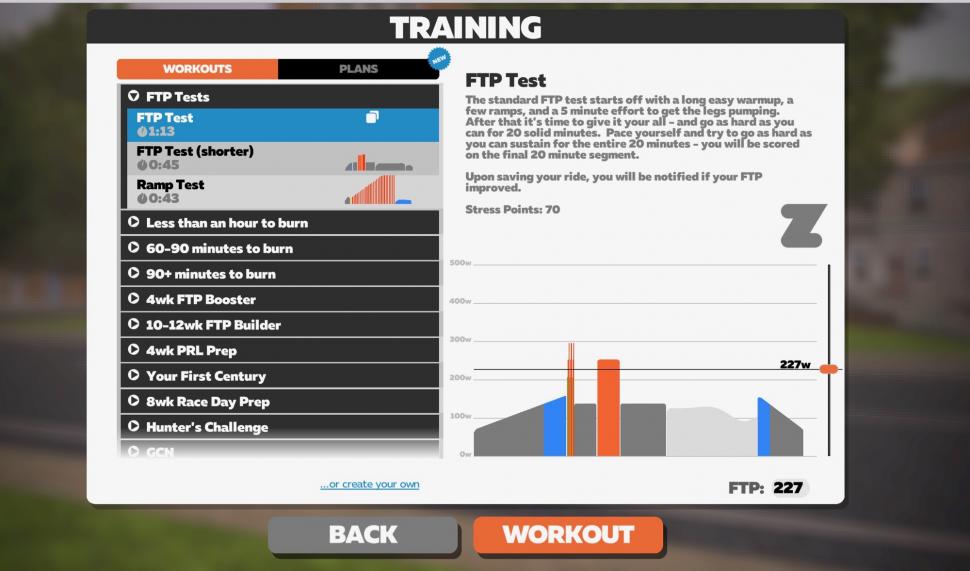
Add new comment
8 comments
Impressive. And here I am taking a rest day because my legs felt pretty used up last night. All I've done since the last non-cycling day is four days totalling 142 miles and 11 hours, mostly commuting and running errands, one 50-mile group ride with some hard efforts and a big (for where I live) hill.
This article is brilliant- a real insight.
Keen to see how you get in racing this year... maybe more articles on your own 'real world' 10 hrs a week training, how you work on you strengths and weaknesses.
Cheers That can certainly be arranged! Plenty of weaknesses to work on!
That can certainly be arranged! Plenty of weaknesses to work on!
I'm blown away that there are people racing the UK calendar doing this many hours of training. Please tell me Ed isn't focusing on the UK calendar this season?
Fair play to Jamie for having pretty stonking FTP, and shout out to Ed for his 433w FTP; if he's not cleaning up this year then there is something wrong somewhere!
Cheers Jimmy, Plenty of Belgian and French races on the calendar for Ed, It didn't take long for it to sink in that Elite and Pro cyclists are a different breed!
This is an excellent and informative article! Thanks
Fair play to the writer for giving a 30-hour week a go. One must need terrific powers of recovery to sustain that workload. I do not have terrific powers of recovery.
Whilst I'll never be near the level of fitness needed to even attempt this, I did enjoy reading about it. More please!